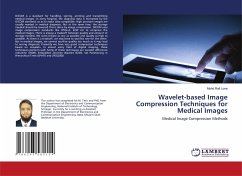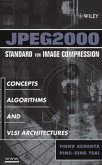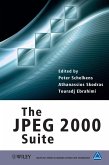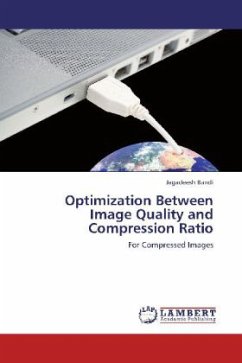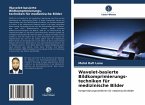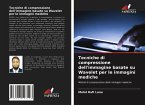Near-Infrared (NIR) is a spectral component that is adjacent to the red color that ends at 700 nm. The NIR component follows from 700 nm up to 1100 nm. The capturing of this spectral part has several advantages, e.g., image dehazing, image segmentation, and image enhancement. Additionally, captured spectral component has to be stored as well, so a feasible method is needed. In this book, a wavelet-based compression scheme for the compression of four-channel images comprising from the visible (RGB) and NIR spectral component is presented. The compression scheme exploits the spatially varying correlation between the RGB and NIR spectral component. First and second part of this book includes, introduction and fundamental theory about infrared region, image compression, wavelet transform respectively. In third part, state-of-the-art compression method such as discrete cosine transform-based four-channel image compression scheme is presented. Fourth part includes, working principle ofthe proposed wavelet-based compression scheme. Finally, fifth and sixth part includes, simulation results and conclusions from the proposed wavelet-based compression scheme respectively.
Bitte wählen Sie Ihr Anliegen aus.
Rechnungen
Retourenschein anfordern
Bestellstatus
Storno


